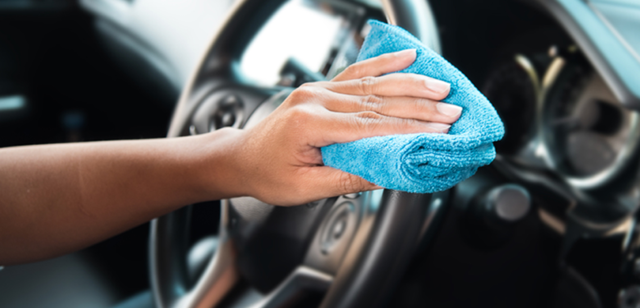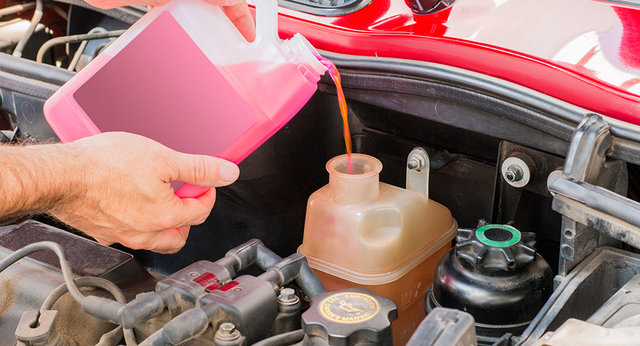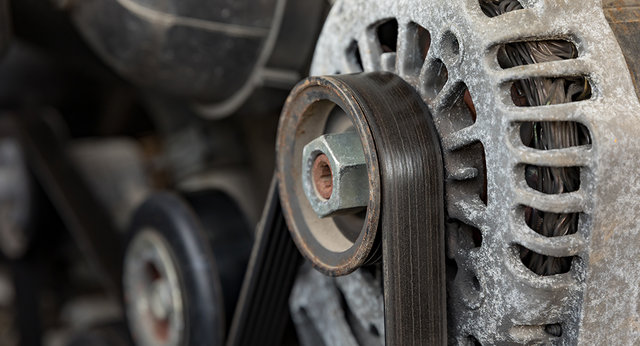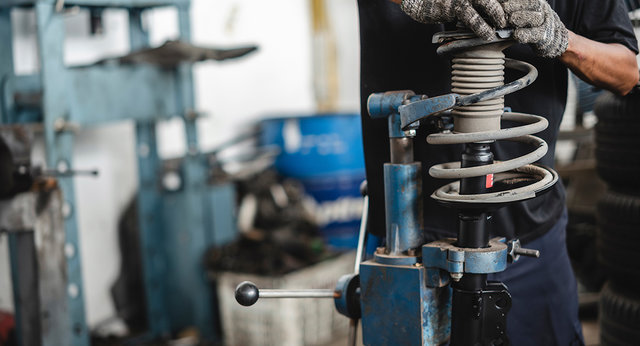Steps for Cleaning & Disinfecting Your Car Interior
Car interiors are engineered to be durable, and expected to hold up to years of wear and tear. However, rough scrubbing or the use of incorrect cleaning agents can lead to scratches and discolouration. A wipe with alcohol on hard surfaces and gentle circular cleaning on upholstery are best practices for both cleaning and maintaining your car interior.
One important thing to avoid, is using too much water when cleaning your seats. Especially when it comes to cloth interior, excess water can seep into the cushions. This can cause the growth of mold and that musty smell you get if you leave your windows open in the rain.
When washing the seats of your car, it is best to wet a cloth or sponge with soap and water and gently wipe the seats in a circular motion. You do not want to leave excess soap or water, as it can take a long time to dry. Isopropyl alcohol can safely be used on non-leather seats, but it is only ideal for imitation leather.
If you are not sick, and haven’t had anyone sick in your car, don’t get too worried about doing this repeatedly. However, now is a great time to start with a clean and disinfected car.
Experts recommend that once your car’s interior is disinfected, it is important to wash your hands before getting in. This will help keep your car a clean place, and reduce the chance of a virus making it into your vehicle. The steering wheel is one of the dirtiest places in your car due to constant touching, and having clean hands will go a long way to keeping it clean after being disinfected.




